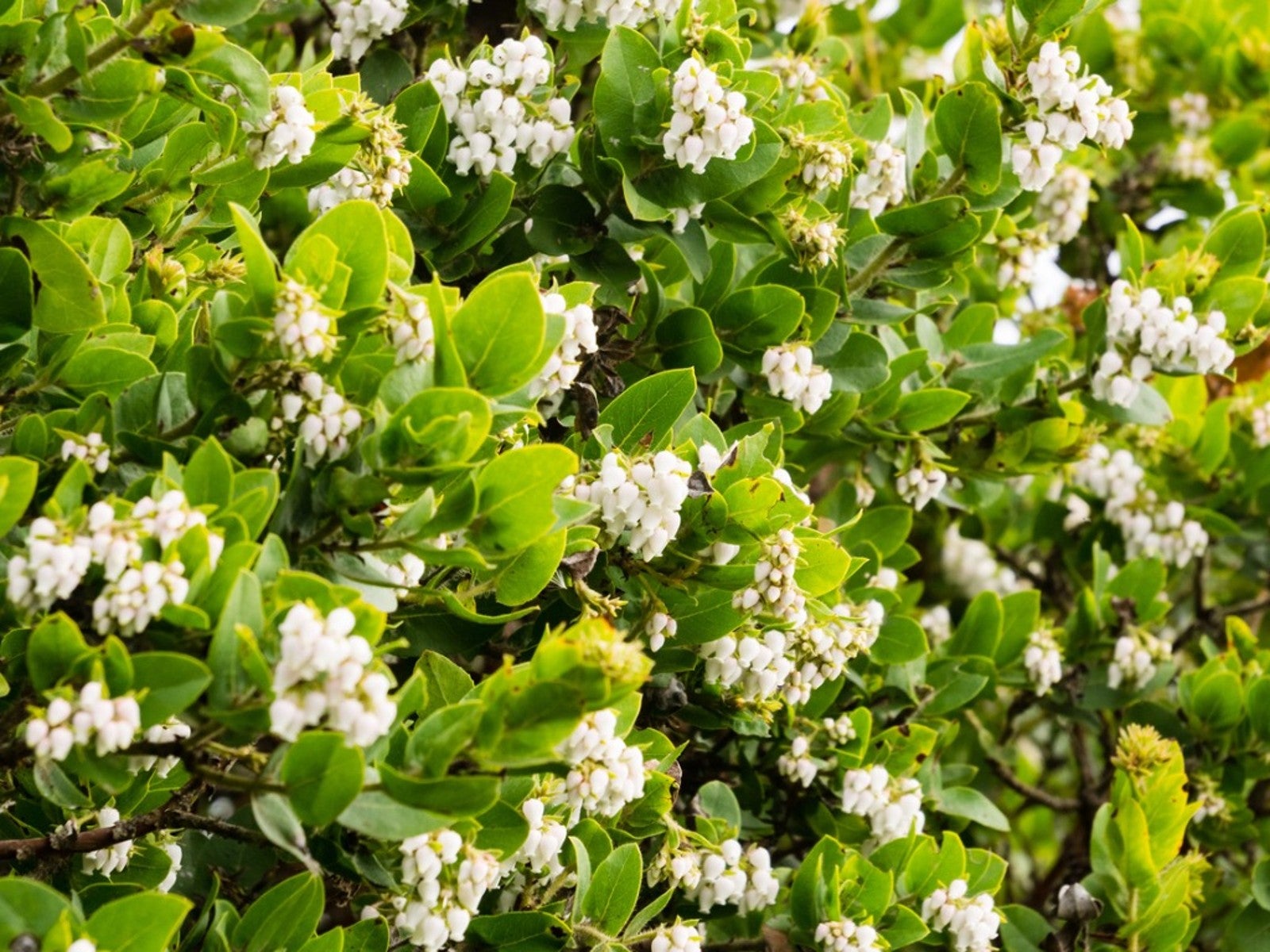Drought Tolerant Shrubs California And Nevada Gardeners Love


Shrubs are often called the “bones” of the garden. That is because they do so much more than engage our senses. Shrubs can define space, provide wildlife shelter, and add texture and interest, year after year, as a permanent part of our landscape. Not every shrub will grow everywhere, so when you are planning to increase your shrub population, be sure to keep your region in mind.
If you live in California or Nevada, you’ll want to look at drought tolerant shrubs for the western United States. Here are a few of our favorites.
Western Shrubs
What do western gardeners look for when it comes to shrubs? Given the continuing lack of sufficient rainfall, drought tolerance is an important quality. In addition, many homeowners like to bring in native shrubs that are known to be low-maintenance. Some California bushes and Nevada shrubs provide habitat or nurture for wildlife, and these are always popular.
You’ll also want to take time to decide what the primary purpose of the shrub will be before heading to the plant store. Are you concerned about privacy from the neighbors? Are you hoping to block wind, or do you just want something with fiery foliage in fall, or a place for birds and squirrels to hang out?
Consider the Shrub Site
The site in the garden itself may offer some direction when it comes to western shrub choices. How much space – horizontal and vertical – is available? Be sure to allow enough room for the shrub to grow to its full, mature size, or you’ll be adding “trim shrubs” to the annual to-do list year after year.
Consider what shape shrub will best fit the space. The type of soil the site has may also impact your shrub choices. Get a soil test if you aren’t sure how it stacks up. Also take note of the sun exposure at different times of the day in different seasons. Match all this info with your plant hardiness zone and you are set to shop.
California Flowering Shrubs
Many of us are fans of flowering bushes since they offer all the core benefits of shrubs plus the beauty and pollinator-appeal of blossoms. If this is you, consider one or more of these western shrubs. They are natives that do their part to help you welcome native birds, bees, and beneficial insects by providing them food and shelter.
Sign up for the Gardening Know How newsletter today and receive a free copy of our e-book "How to Grow Delicious Tomatoes".
Spice bush (Calycanthus occidentalis): In addition to its rich green foliage and bright red blossoms, this deciduous shrub offers the musty, spicy fragrance that gives it the common name. It grows rapidly into a 10 foot (3 m.) mound and is completely deer resistant. It loves sun but needs less water in partial sun locations.
California lilac (Ceanothus): Ceanothus is a large genus of diverse, versatile, and beautiful North American species in the buckthorn family. Many of these flowering shrubs are native to California, and a profusion of tiny, intensely fragrant flowers in spring. They are food sources for butterfly and moth larvae and other beneficial insects. Full sun and good drainage required.
California sunflower (Encelia californica): Despite the common name, these sunflowers will grow happily as Nevada shrubs, or in any home garden in an area with hot summer climates and excellent drainage. The bright yellow daisies nearly cover the dense branches of this mounding shrub. These are among the best shrubs for southern California.
Malva rosa (Lavatera assurgentiflora): If you are looking for California flowering shrubs that grow fast, bloom fast, and are deer resistant, add lavatera to the short list. The shrub can grow to 12 feet (4 m.) quickly and – the first year after planting – produces round, rosy-purple blossoms resembling hollyhocks. The leaves are also showy, a deep emerald green with a maple shape.
Silver lupine (Lupinus albifrons): Lupin species come in all sizes, from short to taller than the gardener planting them. Silver lupine is one of the tall ones, but these Nevada shrubs are also quite dense with silvery gray stems filled with flat, finger-like leaves. These are topped in spring by tiers of bluish purple pea-like blossoms. Lupine do just fine in poor soils and self-sow shamelessly with full sun and good drainage.

Teo Spengler is a master gardener and a docent at the San Francisco Botanical Garden, where she hosts public tours. She has studied horticulture and written about nature, trees, plants, and gardening for more than two decades, following a career as an attorney and legal writer. Her extended family includes some 30 houseplants and hundreds of outdoor plants, including 250 trees, which are her main passion. Spengler currently splits her life between San Francisco and the French Basque Country, though she was raised in Alaska, giving her experience of gardening in a range of climates.